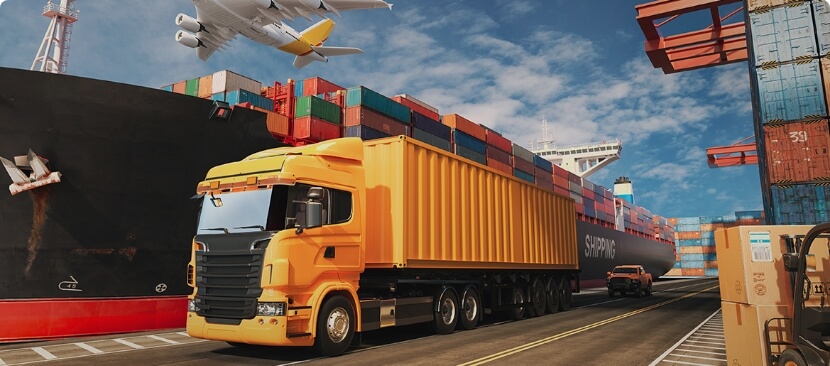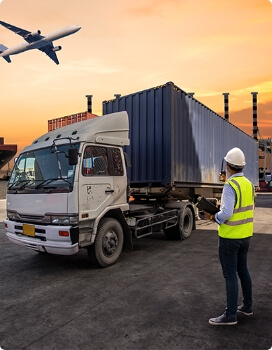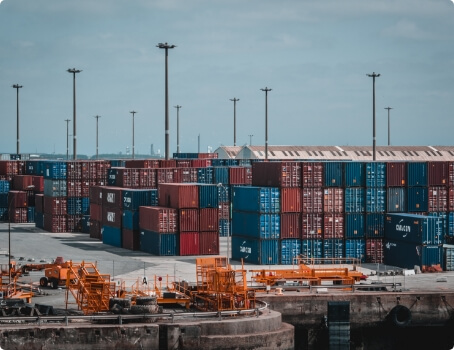

The trucking and logistics industry plays a critical role in the global economy by facilitating the movement of goods from manufacturers to consumers. The supply chain in this industry encompasses a complex network of processes, technologies, and stakeholders that work together to ensure the efficient and timely delivery of products. Here are some key aspects of the supply chain in the trucking and logistics industry:
Sourcing and Procurement: The supply chain begins with sourcing raw materials and procuring products from manufacturers and suppliers. This involves negotiating contracts, establishing relationships, and ensuring the quality and quantity of goods meet the requirements.
Transportation: The heart of the trucking and logistics industry is transportation. This involves the movement of goods from point A to point B, which can occur on local, regional, national, or international scales. Various modes of transportation, including trucks, trains, ships, and airplanes, are used to optimize delivery routes and minimize costs.
Warehousing and Distribution: Once goods reach a destination, they are often stored in warehouses or distribution centers. These facilities act as crucial nodes in the supply chain, providing storage, sorting, and order fulfillment services. Efficient warehousing is essential for just-in-time inventory management.
Inventory Management: Managing inventory levels is critical to ensuring products are available when needed but not overstocked. Advanced inventory management systems use data and technology to optimize stock levels and minimize waste.
Technology and Data Management: Modern logistics heavily rely on technology and data analytics to track shipments, manage inventory, optimize routes, and improve overall supply chain efficiency. GPS, RFID, and other tracking technologies help monitor the location and condition of goods in real-time.
Regulatory Compliance: The trucking and logistics industry must navigate a complex web of regulations and compliance standards, including safety regulations, environmental standards, and import/export regulations. Staying compliant is critical to avoid fines and maintain a positive reputation.
Demand Forecasting: Accurate demand forecasting is essential to prevent shortages or surpluses. Companies in the trucking and logistics industry use historical data, market trends, and predictive analytics to estimate future demand and plan accordingly.
Supplier and Carrier Relationships: Building strong relationships with suppliers and carriers is essential to a smooth supply chain. These partnerships can lead to better rates, priority service, and increased reliability.
Last-Mile Delivery: The final stage of the supply chain, known as “last-mile delivery,” involves getting products to the end consumer. This is often the most costly and challenging part of the process, requiring efficient routing and innovative delivery methods, such as drones and autonomous vehicles.
Environmental Sustainability: As sustainability becomes a top priority, the trucking and logistics industry is increasingly focused on reducing its carbon footprint. This involves adopting eco-friendly practices, such as using electric or hybrid vehicles and optimizing routes to minimize emissions.

